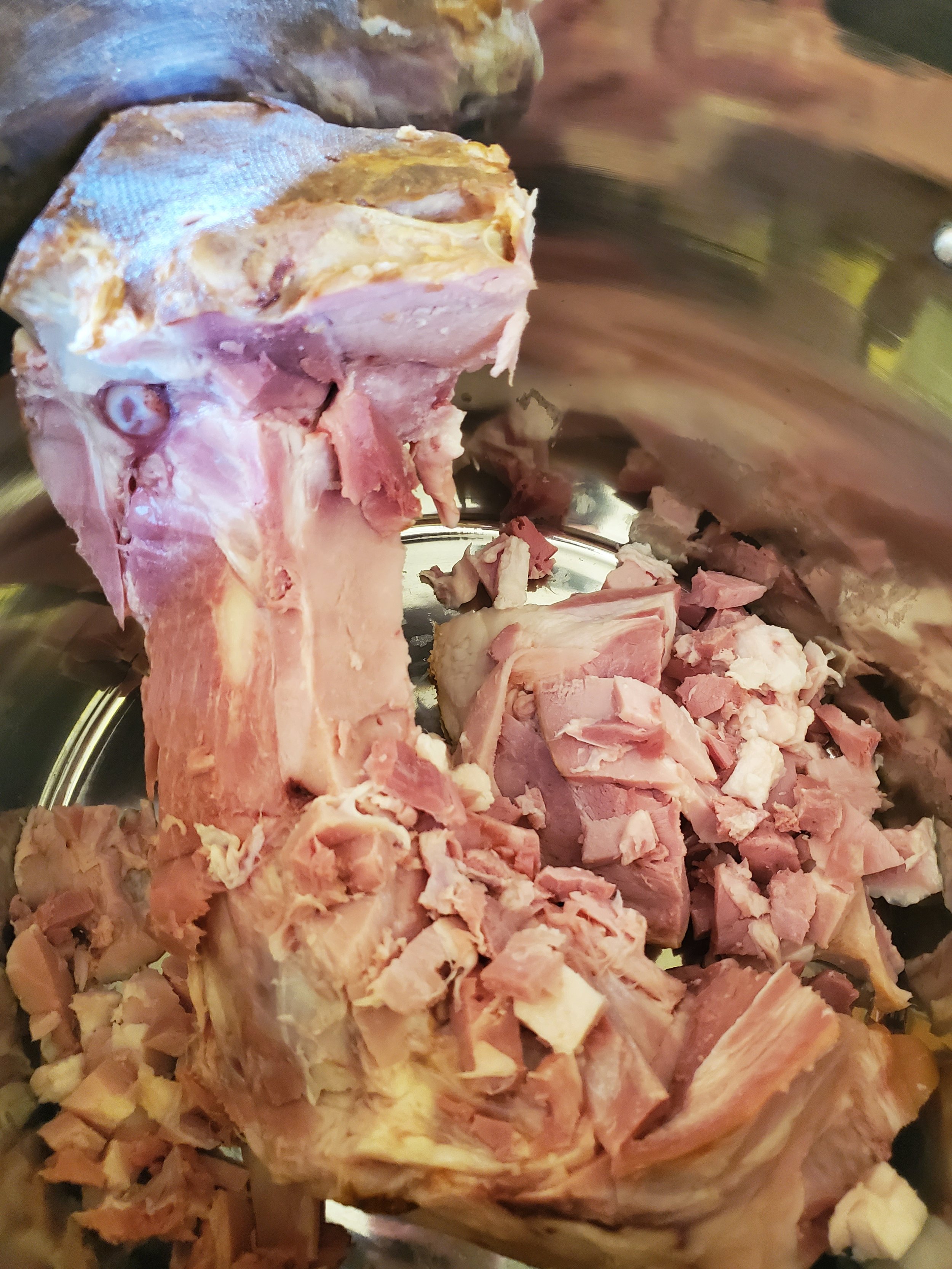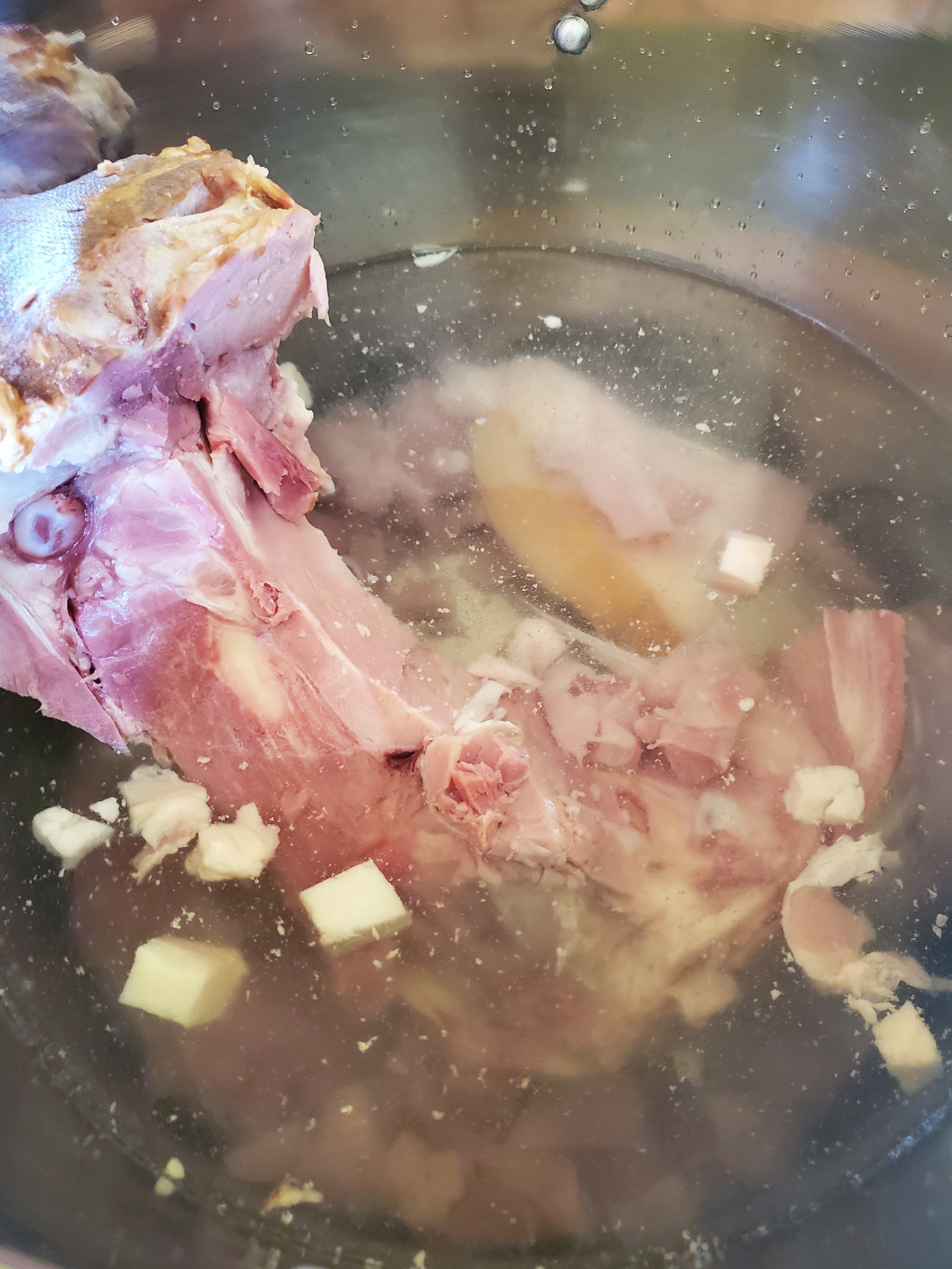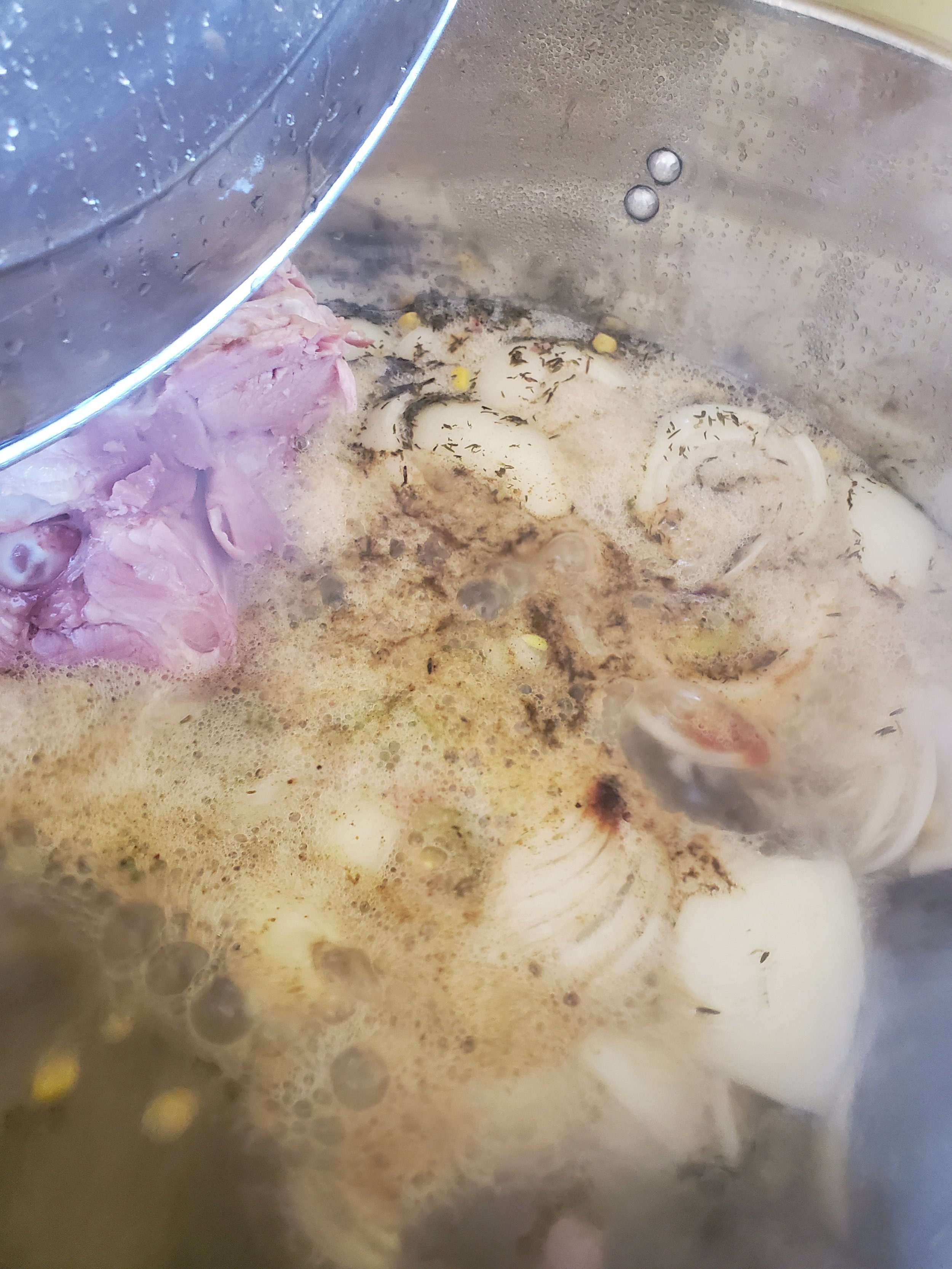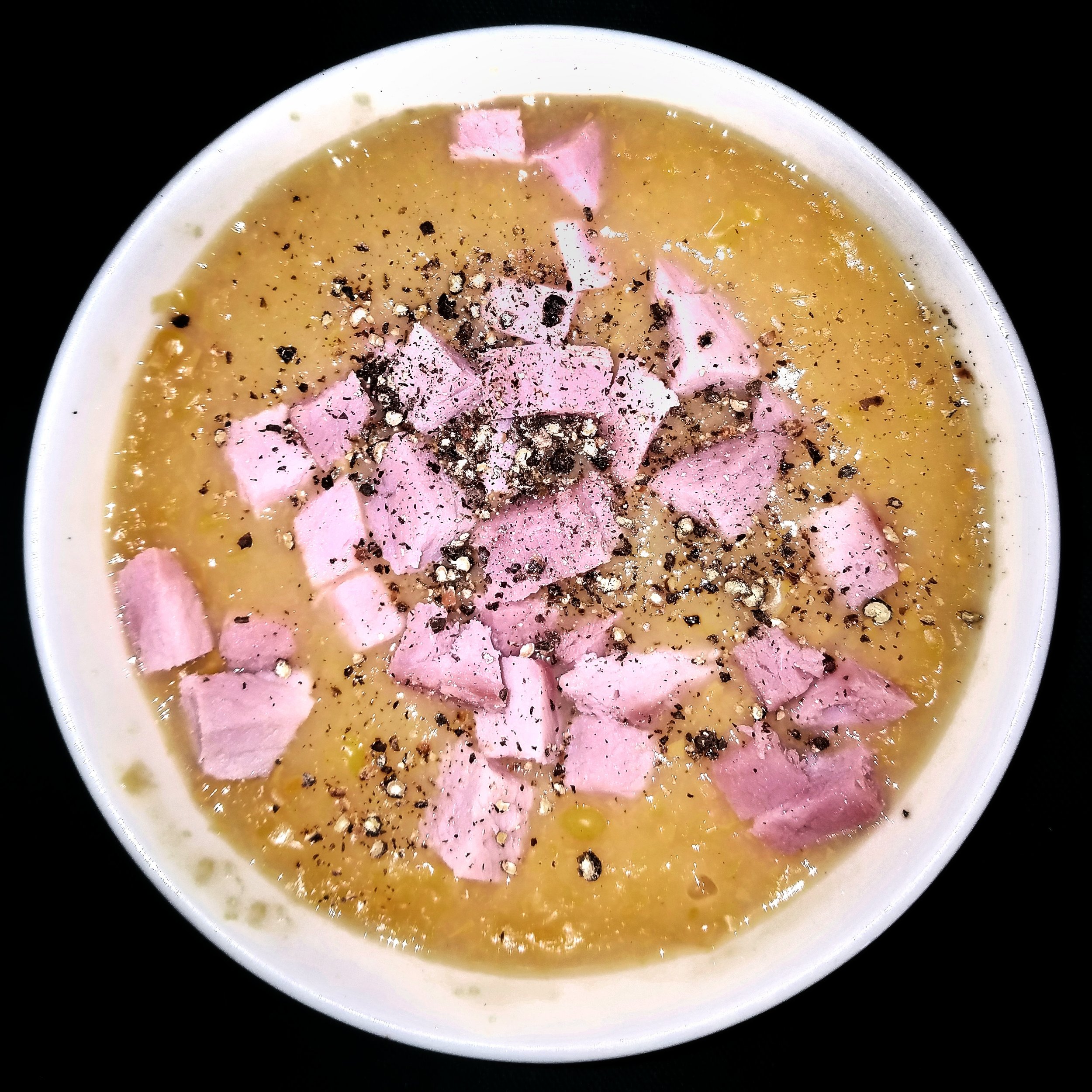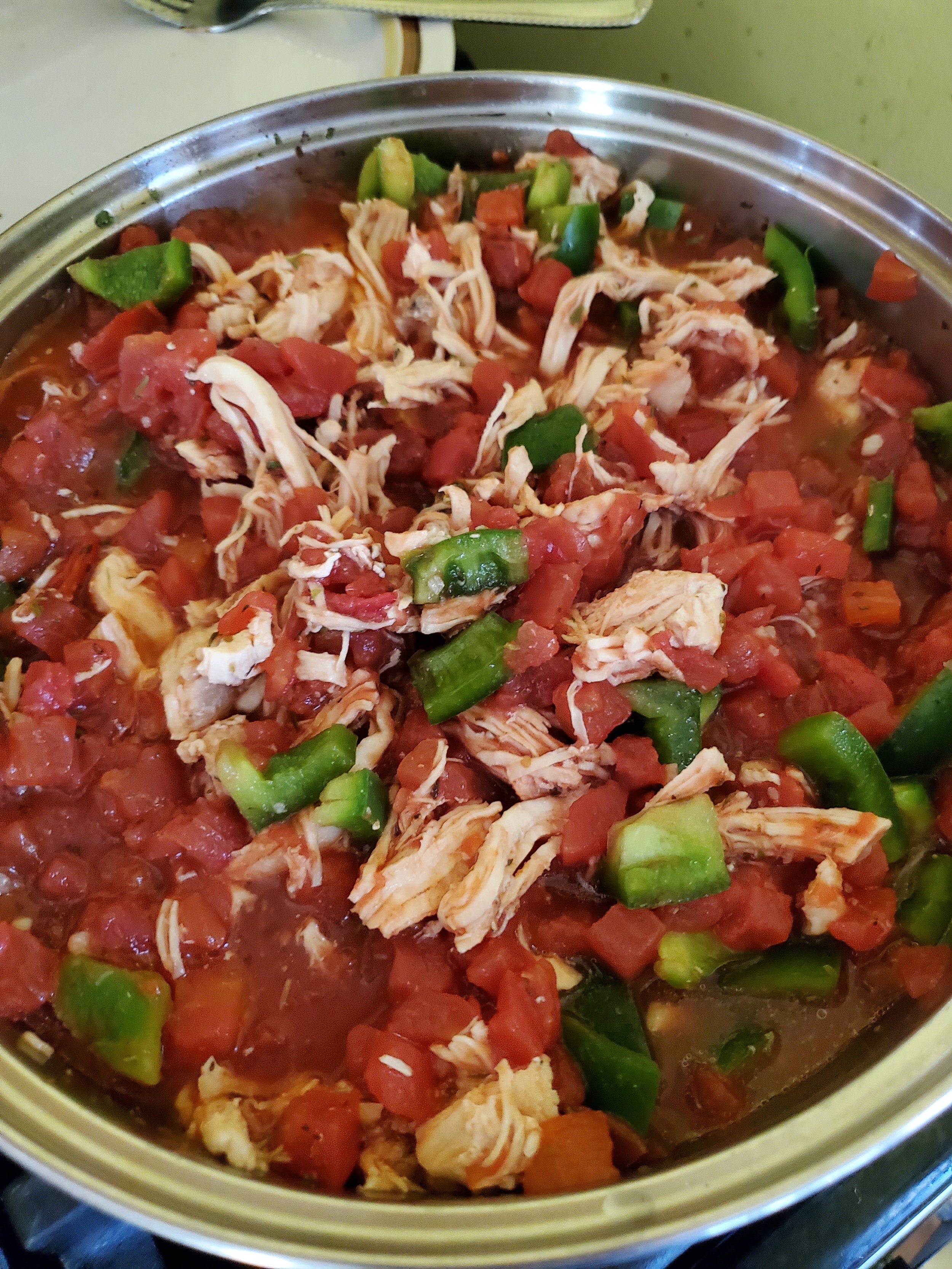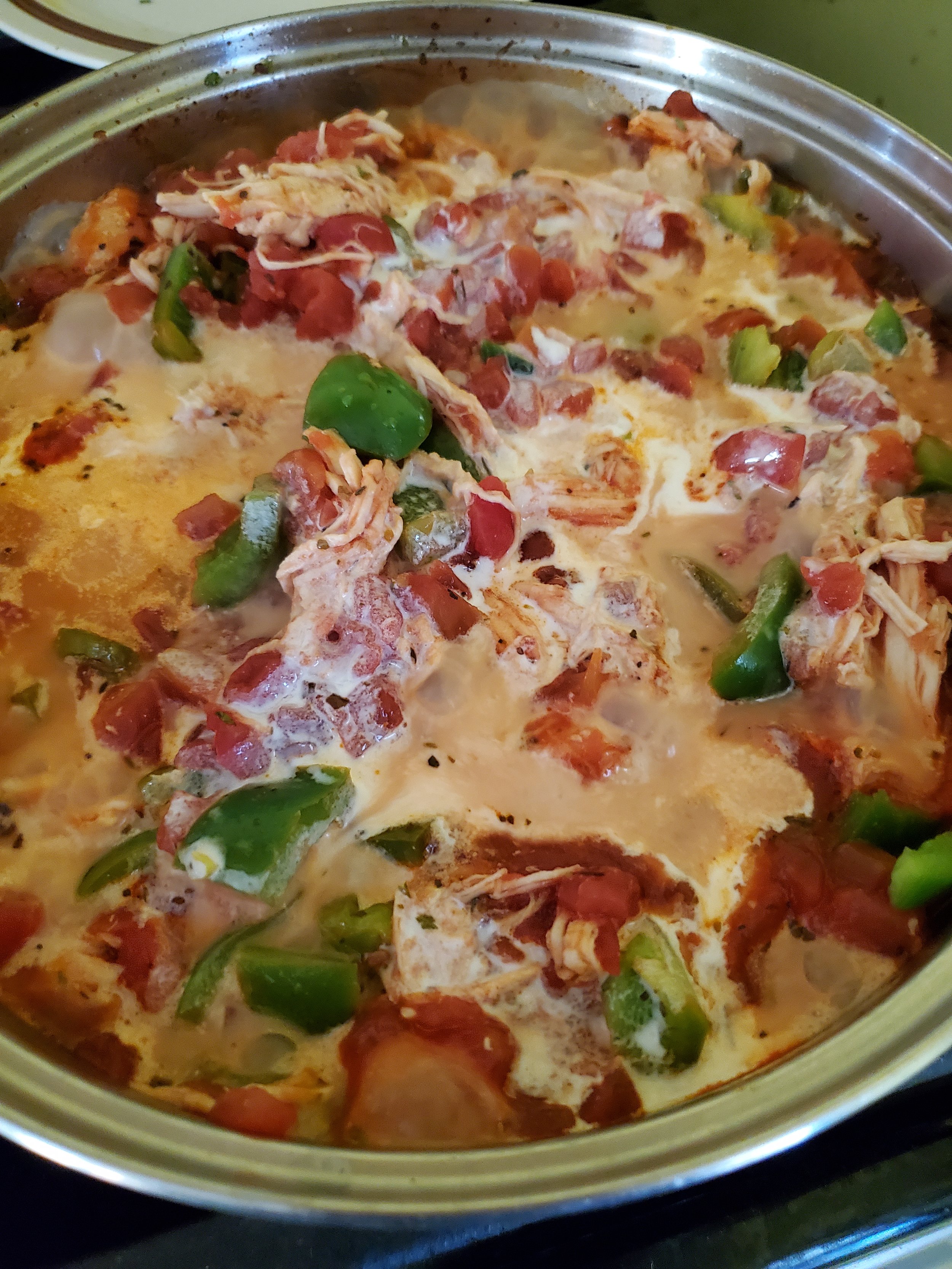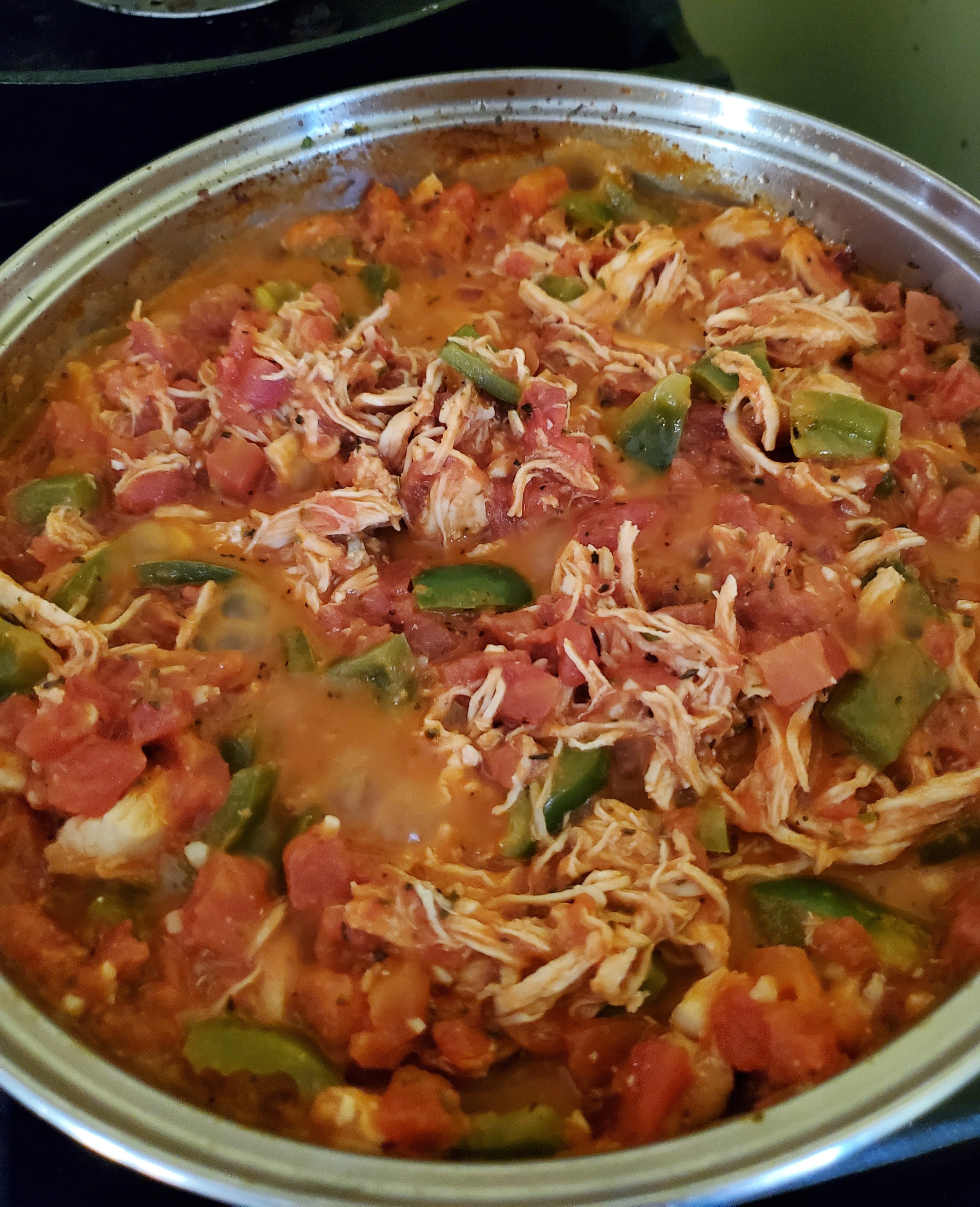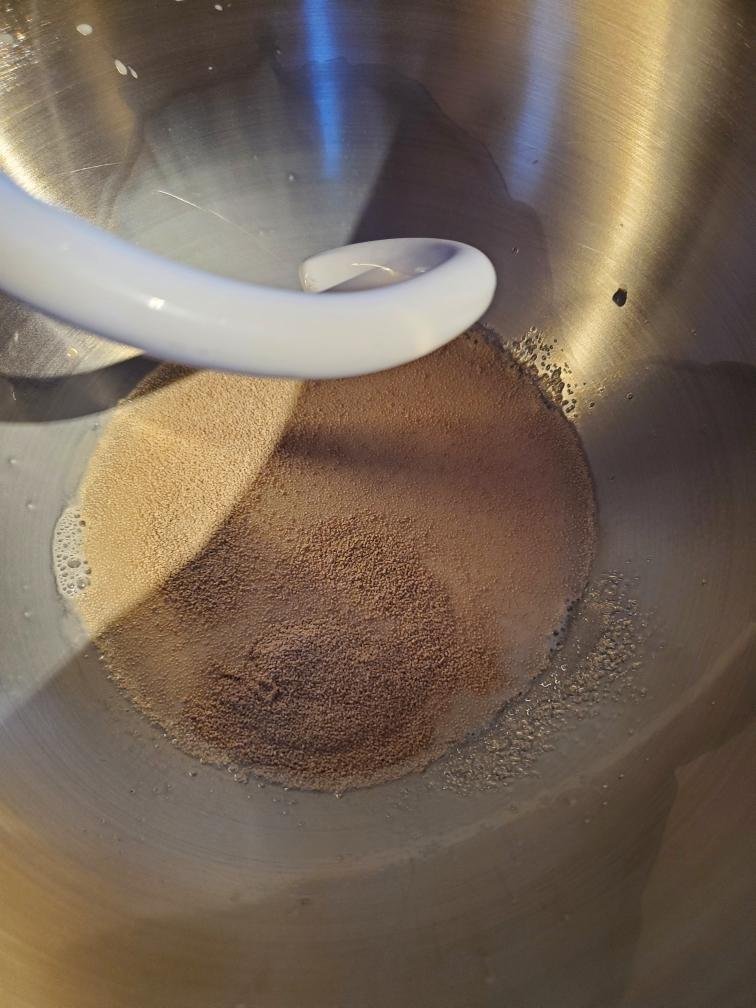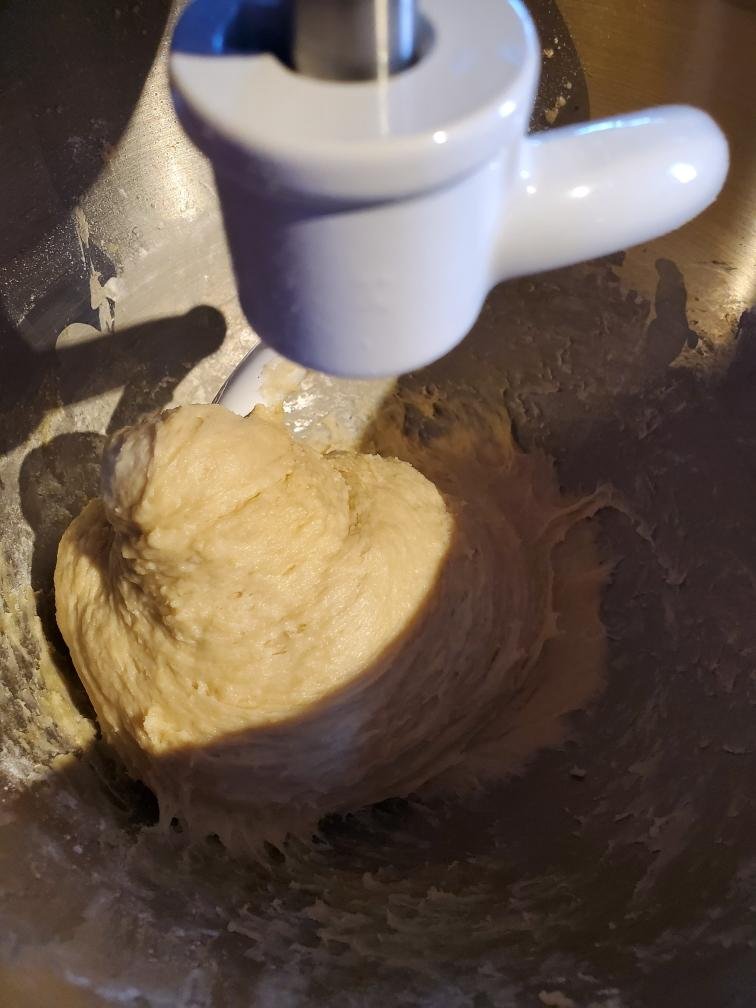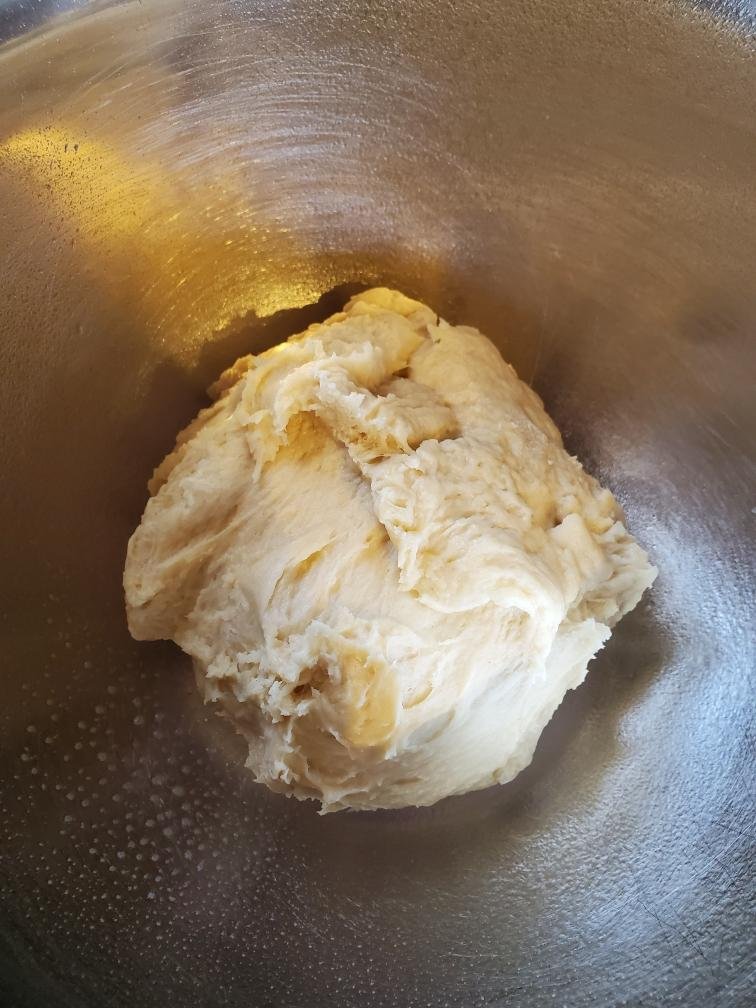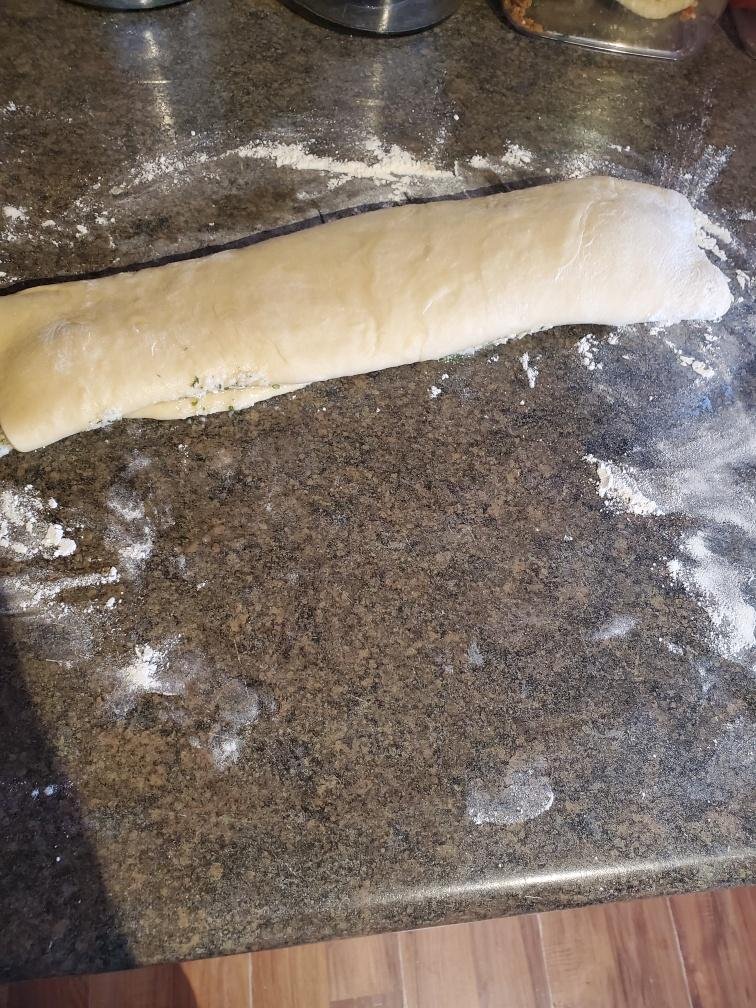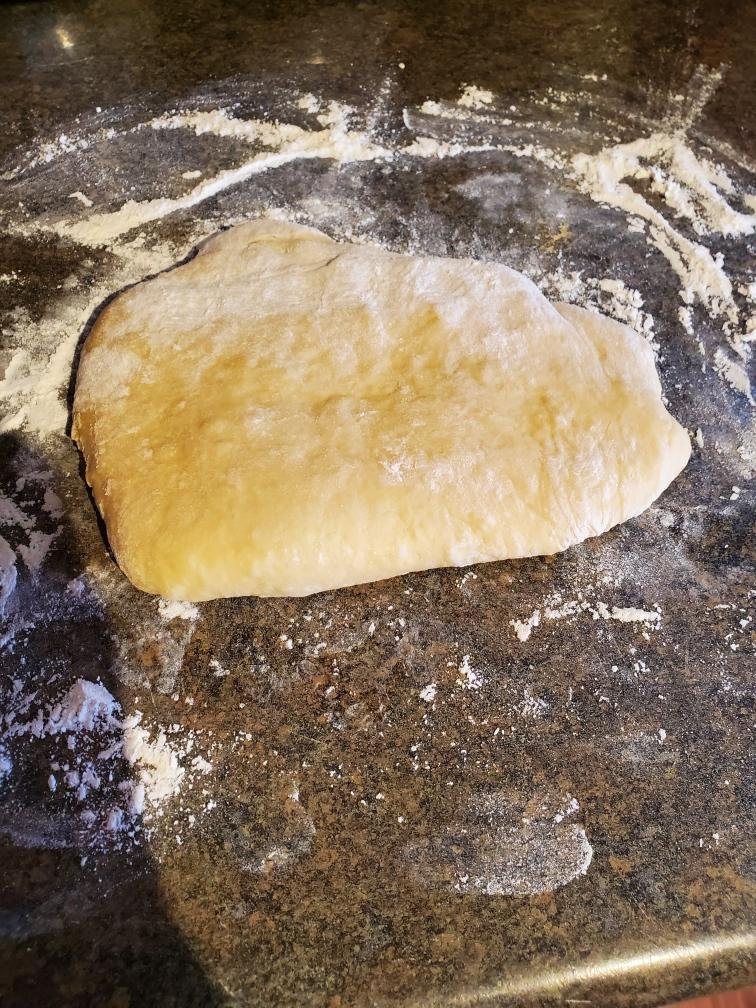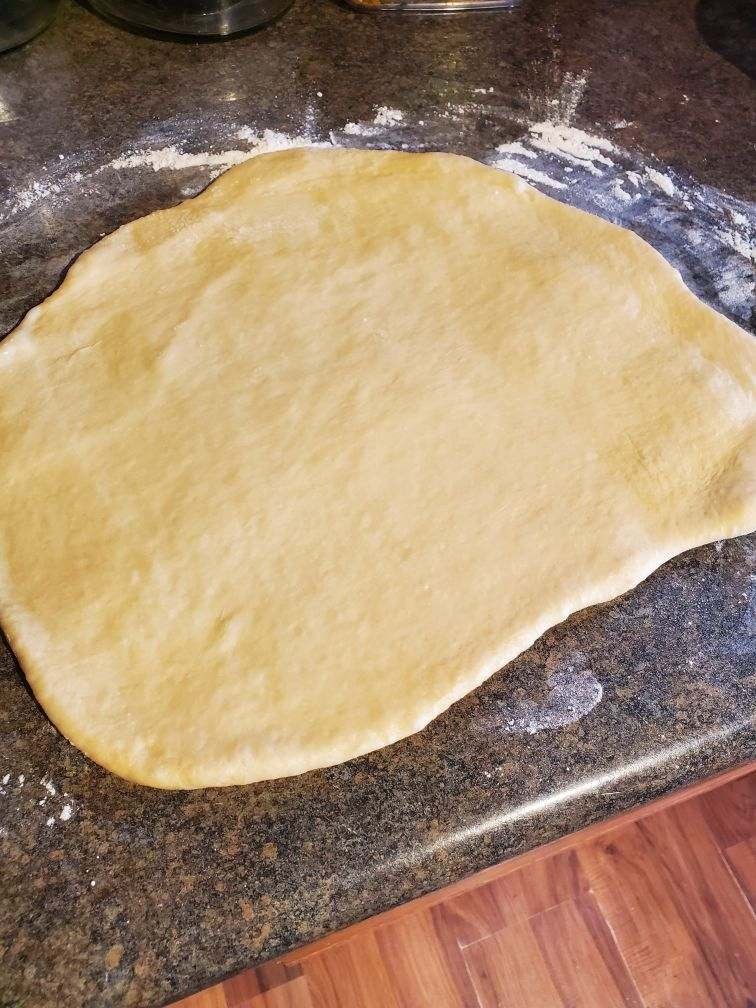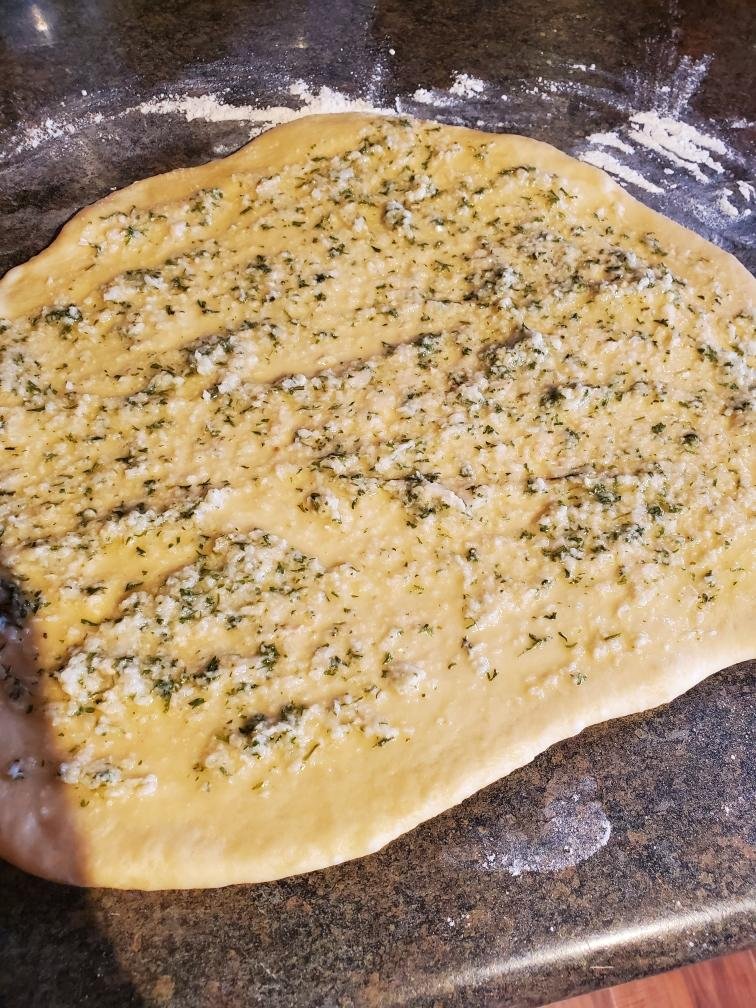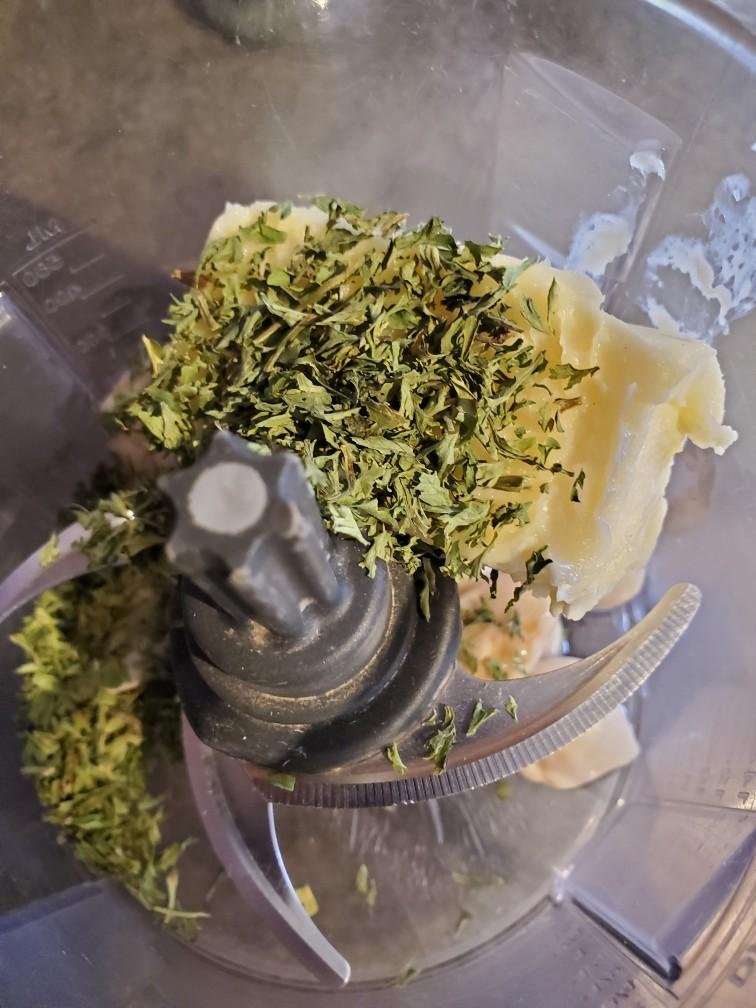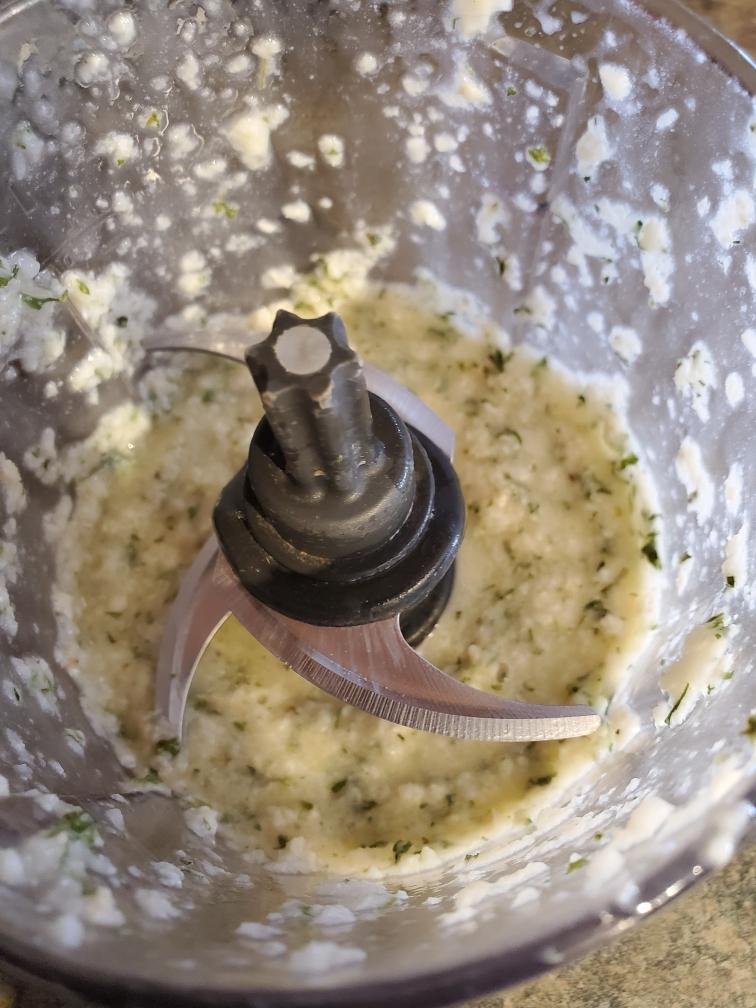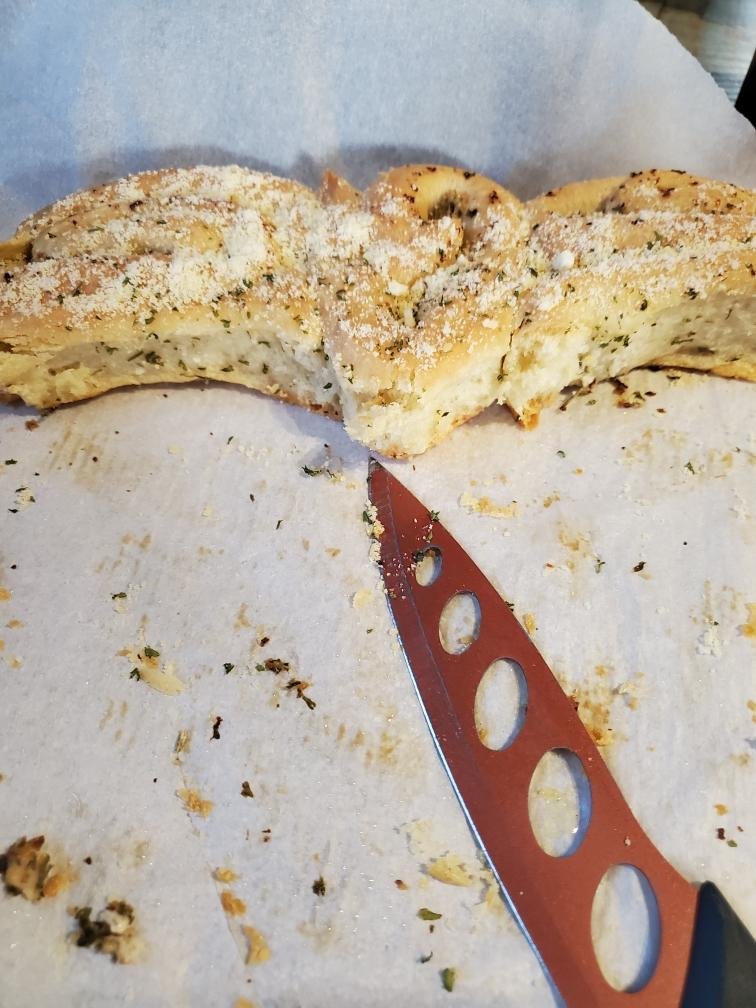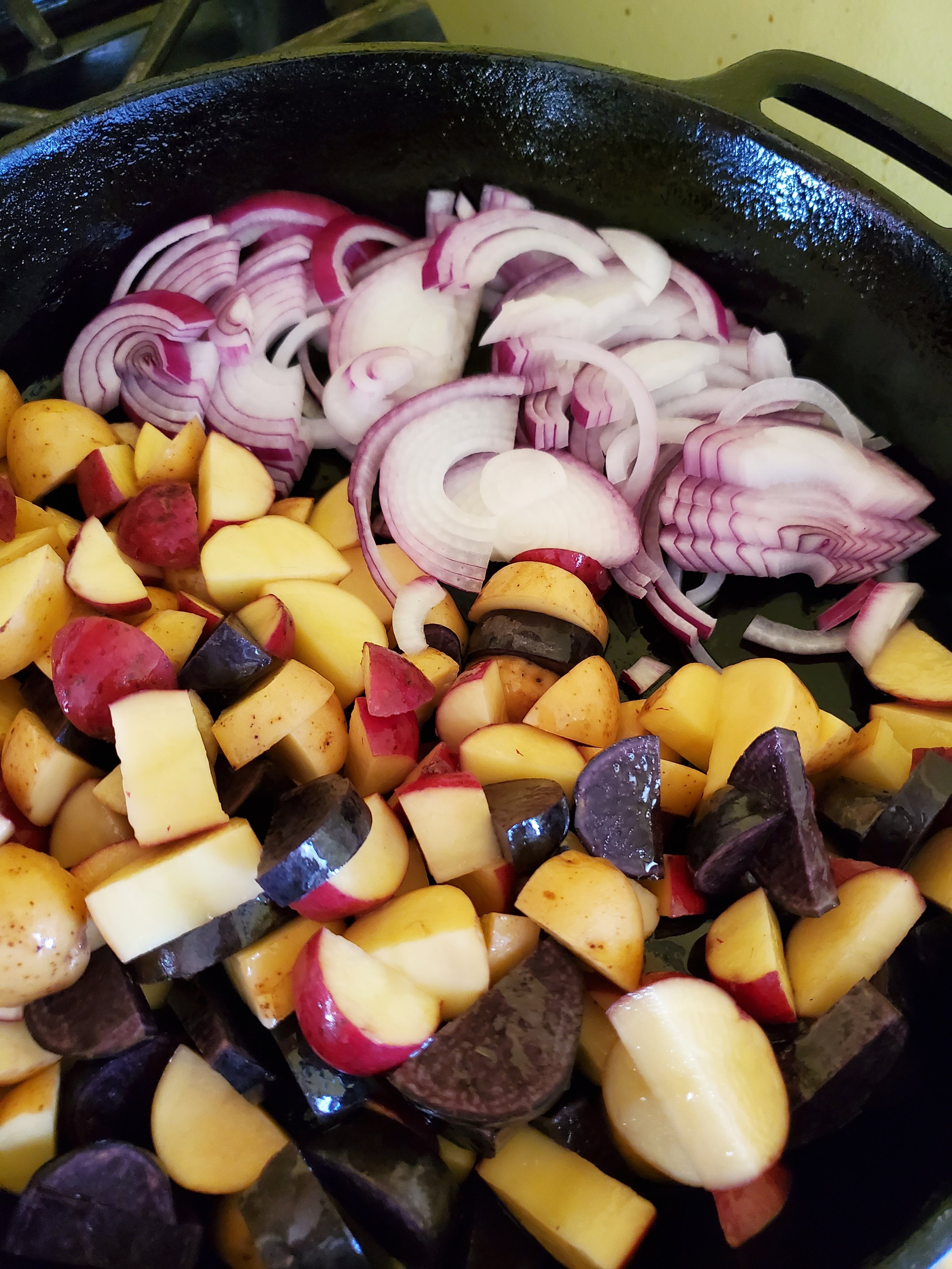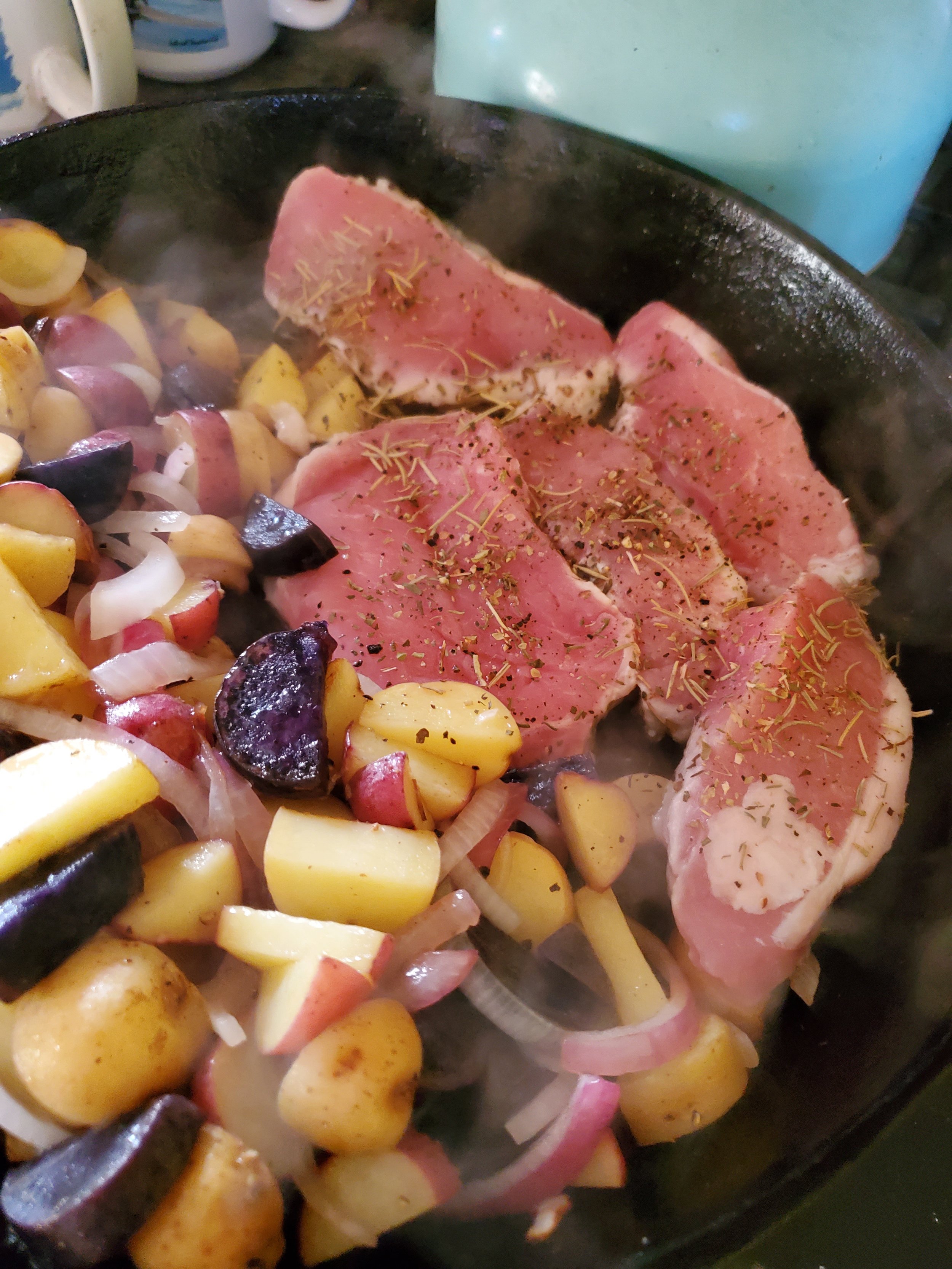Crafting a Flavorful and Nourishing Dish from Kitchen Scraps
After Easter dinner, everybody who bought a bone-in ham is left looking at the bone, wondering what on Earth to do with it.
Some people offer it to the family dog. While the dog will undoubtedly be overjoyed, this is not a wise move; the bone has been cooked at least twice now and is in no condition for a canine companion to chew on. Please don't do this. Your dog will be sad in the short term, but s/he can have a little piece of ham and cheer right up.
Some people just shrug and toss it in the trash. In our opinion, too many people take this approach. Even if you've carved it clean, it's much too valuable to simply dispose of it. Instead, try making a ham bone soup.
Ingredients:
Obviously, the ham bone
whatever odd chunks of ham you have left lying about
30 cups water
1/2 pound carrots
1 onion
2 stalks celery
2 potatoes
1 bag frozen corn
1 can cannellini beans, rinsed and drained
1/2 teaspoon fennel seed
1/2 teaspoon rubbed sage
1/2 teaspoon marjoram
1/2 teaspoon ground mustard powder
1 teaspoon paprika
1 tablespoon hot sauce of choice
2 tablespoons tomato basil seasoning
salt and pepper, to taste
Tools:
Seriously huge stock pot, with lid
Long-handled spoon
Sieve or slotted spoon
Knife
Vegetable peeler
Cutting board
Tongs
Measuring cups and spoons
We started with a 23 pound whole bone in ham, so this recipe is written under the assumption you also have an egregiously large ham bone on hand. Feel free to pare it down as necessary if you bought a more manageable ham, say about 5-8 pounds. Also, knowing there was a soup to be made, we didn't exactly put a lot of effort into carving the ham off the bone. We wanted plenty of meat in the soup.
Take a big pot. No, not that one you use all the time. Go bigger. As big as you can without having to get a whole other camp burner or something outside.
Plop that ham bone in there, and toss in whatever odd pieces are left on the carving board or serving plate. There are always shreds and chunks and juices left, so just make sure no one scrapes the plate into the trash before you get going on this soup.
We added 30 cups of water (just a little shy of two gallons) and that about half covered the ham bone. Set the burner high enough to get the water at least simmering. Put the lid on the pot and get ready to wait. You'll have at least half an hour before the next step. We want the bone to sit and simmer for a while, and release all the flavor into the water.
We weren't in a hurry, so we got it up to a good boil, reduced to a simmer, covered the pot again and let it go for about six hours. This is not necessary, as you'll get loads of flavor in about a third of that. We just had the time, so we allowed it to cook forever.
However long you want to let the bone simmer, have a fine mesh sieve or big slotted spoon handy. The next step is filtering out the super fatty pieces.
Once you feel the bone has simmered long enough, remove it from the pot. We used tongs, but needed two sets to accomplish it (again, big ham bone, deep pot). Set the bone on a serving plate or big cutting board - whatever you have that can accommodate it. If there's still meat left on the bone, give it a tug with the tongs or shred it off with a fork. Set it aside to go back into the pot. Scoop or strain out the big chunks in the broth, discard the pieces that are all or mostly fatty, and set the good stuff on the plate or board. Once you've gotten out as much of the fat as you feel you need to, add the meat but not the bone back to the pot and stir.
Now we can season and add all the other good stuff. (You may see in the photos that we didn't do this straining and sorting step before adding veggies. This was an oops. Having eight million tiny pieces of vegetables really complicated the process.)
We know you know this already, but please wash your produce!
When cutting vegetables, we save the onion for last and stick it in the fridge or freezer while we work on everything else. Cold onions stink less than warm onions, and some of us get exceptionally teary around onions.
We started with the carrots and cut them into rough chunks, then scraped the cutting board into the soup before moving on to the celery in much the same fashion. Chop it all to whatever size you prefer.
The carrots went in unpeeled, but the potatoes needed to be peeled in our opinion. This is entirely optional and at your discretion. But in our case, the potatoes were peeled and cubed and lobbed into the soup, then the whole bag of frozen corn followed. The beans can be rinsed and added to the soup pot here too. Give it all a stir to combine.
Last, the onion. Assuming you've tried the fridge/freezer trick, fish it out of the fridge, peel the outer layers, rough chop and add to the soup. We do this as quickly as possible because, well, tears. If you're one of the unaffected, cool, take your time. The rest of us: good luck.
Now we get to add seasonings. Fennel, sage, marjoram and paprika are absolute musts in our opinion. Hot sauce, tomato-basil and mustard are what we chose to round out the flavor. The fun part about making food is making creative edits. If you have something you prefer, go for it!
Feel free to share ideas over on our Facebook page.
One of the great things about this recipe is just how easily it can be portioned out and frozen for the future. You can choose to do this at the stage after separating out the fatty bits, or after cooking all the veggies. The first will give you a stock you can use as the base for other foods, while the latter will give you a quick meal you can heat up as needed.
What about in the event your freezer is broken or malfunctioning though? That’s when you come to us. Appliance Rescue Service is here to help get your home running smoothly, whether it’s a freezer that won’t stay cold or a stove that won’t stay hot. Our main goal is to get your home running smoothly again.
Website
Office ((214) 599-0055)
Additional Reading
Want some other options for soups? Check out these options from our archive.

